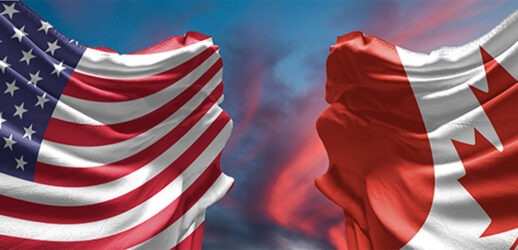How the unexpected can elevate meetings
Far too often, our postcard-perfect perceptions of top-tier cities are shattered when reality sets in. The infrastructures of many big cities are still in a recovery phase while hotels and restaurants continue struggling to keep their businesses staffed and operating at full capacity. These issues are further compounded when confronted by inflation disproportionately impacting costs on the high end of an average cost of living.
And that’s where the potential for sticker shock begins to strike—but not as you might expect. The shock emanates from the value delivered at a relatively low cost when compared to top-tier cities. Cities considered “second tier,” based on citywide populations of less than one million, such as Sacramento, California, Milwaukee, Wisconsin and Albuquerque, New Mexico. The value these second-tier cities bring to the table are unexpected surprises and a lower price point, allowing planners to make the most of their client’s budgets.
Boutique is Beautiful in the City of Steeples
The free-wheeling ways of independent hoteliers always bring a unique sparkle to their properties—typically acquired from larger chain brands and are many times quartered in historic buildings brimming with old-soul personality. Often labeled “boutique” as a means to distinguish a brand from their corporate counterparts, independent hotels have the freedom to mold a property without the constraints of the proverbial red tape of staying on-brand.
Saint Kate, the Arts Hotel in Milwaukee exemplifies this principle with locally sourced art used, a permanent art gallery creating an atmosphere of a modern art museum elegantly carved into the hotel’s beautiful lobby and spaces that truly fit the mold of any event or occasion. The 219-room luxury hotel stands across the street from Milwaukee City Hall in the city’s diverse downtown area and offers planners access to 11,600 sq. ft. of meeting space across seven distinct spaces.
Many of the guestrooms quartered at Saint Kate cater to those with an appreciation for the arts with the interior design of several guestrooms being custom works of art in and of themselves with nearly every fixture given a creative touch applied with care by a local commissioned artist. Attendees won’t have to travel far for an elevated food and beverage experience with two onsite bars and three restaurants that aim to please. Saint Kate frequently offers deals that allow groups to explore the art of Milwaukee with added value. The hotel is offering two free passes to the Milwaukee Art Museum with a minimum one-night booking until August 31.
Meeting in Milwaukee
Much of the larger event space in Milwaukee is centrally located in the downtown area and includes the Wisconsin Center and the adjacent Wisconsin Center District. Both options feature versatile spaces perfect for meetings of any style and groups of any size.
With an overall capacity of 188,695 sq. ft., the Wisconsin Center was designed around the input of planners to create 189,000 sq. ft. of flexible meeting space. The center includes a 37,506-square-foot grand ballroom and 28 total breakout rooms.
Less than half a mile from the Wisconsin Center is the Wisconsin Center District, which includes the 240,000-square-foot UW-Milwaukee Panther Arena, the 4,087-seat Miller High Life Theater and the 714,000-square-foot Fiserv Forum—with an overall capacity of 17,500 guests.
Events in Brew City
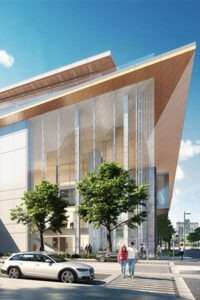
Everyone loves an exciting turn of events and second-tier cities pack a wallop attendees won’t see coming. Opening the eyes of attendees that had no idea that Milwaukee is home to the Milwaukee World Festival, INC.—a massive venue that will drop the jaw of any music fan. Milwaukee World Festival produces one of the most intense music festivals in the Midwest, Summerfest, on the 75-acre site on the shore of Lake Michigan lasting three weekends. Over 400,000 were in attendance at Summerfest in 2022 with reported group rates of 25 or more at $11.25 per person. The concert grounds also host a variety of cultural and ethnic festivals as well as a variety of other special events.
Southwest Elevation
Meanwhile, in the Land of Enchantment, planners can count on hosting events in an area that offers ample meeting space and a wide array of activities—all immersed in a rich cultural experience reflected all throughout the community. Not to mention a unique culinary scene with every eatery in the area begging the question “red, green or make it Christmas,” in reference to the award-winning Hatch Chiles produced in the region.
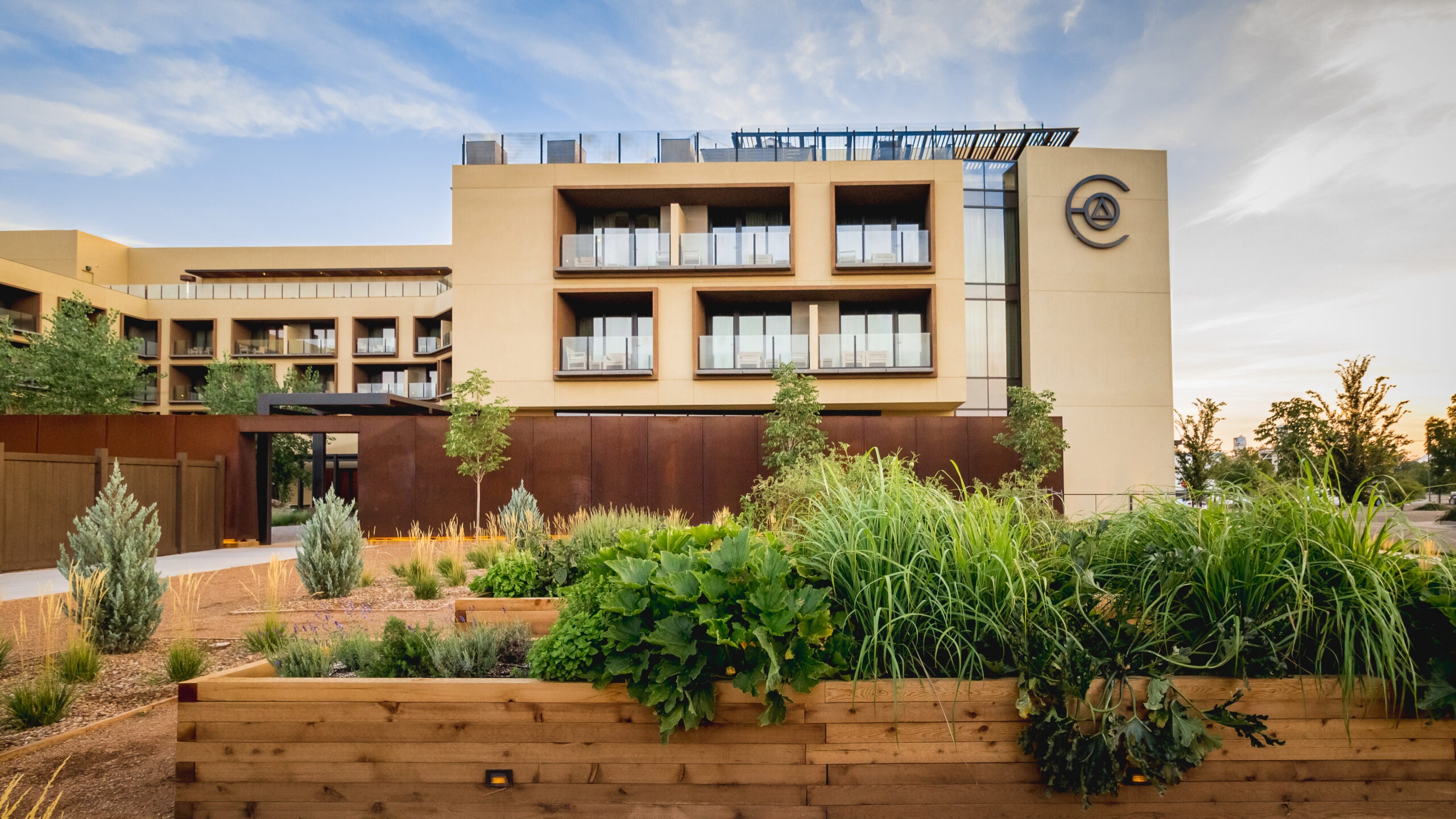
Heritage Hotels & Resorts, Inc. is hard at work crafting each of its individual properties in a style that captures the entirety of the historical and majestic Albuquerque spirit. The New Mexico-based and minority-owned independent hotel group, established in 2005, has created a culturally distinct brand that represents the depth and diversity of the historical American Southwest.
The 118-room Hotel Chaco was designed by the world-renowned architecture firm, Gensler, highlighting the property’s celebrating the UNESCO World Heritage Site, Chaco Canyon. The property features 4,000 sq. ft. of meeting space, an onsite restaurant, bar and café. The adjacent and recently renovated 188-room Hotel Albuquerque at Old Town offers 62,000 sq. ft. of meeting space enveloped in a style that reflects the Pueblo, Spanish and Western cultures that are rooted in the Albuquerque area.
Mill Room at Sawmill Market
In addition to the beautiful lodging options offered by Heritage, attendees can satisfy their appetites at the Sawmill Market while relaxing at the Mill Room space located on the second floor of the market. The market is home to 27 individual local food vendors offering guests flavor from around the globe and includes a beer pub and cocktail and wine bar. The Mill Room is in within a large private area and can accommodate up to 100 guests. The market sits adjacent to the Hotel Albuquerque and Hotel Chaco, providing groups with easy access to an exciting night out with space to meet.
Uniquely Unconventional
Attendees entering the Albuquerque Convention Center (ACC) are cordially greeted by the pleasant surprise of life-sized statues of Walter White and Jesse Pinkman from the hit series Breaking Bad, gleaming alongside the front entrance. The ACC is located within walking distance of several hotels in downtown Albuquerque, such as The Clyde Hotel, providing access to over 900 nearby guest rooms. The convention center features 167,562 total sq. ft. of event space, a 2,350-seat auditorium, a 31,000-square-foot ballroom, 27 total meeting rooms and space to accommodate up to 9,000 attendees. Services provided at the convention center help to streamline the process of hosting and catering options available from exclusive food and beverage providers with custom menus and banquet space for up to 6,000.
A Golden State of Meetings
California’s capital city of Sacramento offers planners a convenient location nearly halfway between the Bay Area and Lake Tahoe with a wide array of meeting spaces and attractions to choose from. Located in the heart of California’s Central Valley, Sacramento is a hotbed for farm-to-fork options and was included in the 2019 expansion of the Michelin Guide for California cities. Sacramento’s location provides access to much of the natural grandeur of Northern California while sidestepping the steep cost of gathering at one of the destination’s neighboring regions. The Sacramento International Airport (SMF) is just over 11 miles from the downtown area and offers over 165 nonstop flights to and from the airport.
Sacramento is host to numerous hospitality brands including Hyatt, Marriott and Sheraton—to name a few—with 4,000 total guestrooms within a three-mile radius of the city’s convention center. But perhaps it’s the diversity of Sacramento’s downtown area that generates interest with a vibrant culinary scene, a bustling craft beer and cocktail scene and the Old Sacramento historic district, which gives visitors a glimpse into the back story of the state and the era of the Gold Rush.
Hyatt Centric Downtown Sacramento offers planners access to 172 guest rooms and includes options for food and beverage including The 7th Street Standard open for brunch and dinner, and the rooftop Clayton Club serving cocktails and small bites. Planners can utilize the property’s private banquet room with 1,700 sq. ft. of space and an adjacent foyer. Located in the fully restored Public Market Building on J Street and steps away from the Capital Building, the 503-room Sheraton Grand Sacramento Hotel and offers top-of-the-line amenities such as the lavish and signature Sheraton Sweet Sleeper bed and the private Sheraton Club Lounge. The Sheraton is also home to 23,000 sq. ft. of conference space.
Residence Inn by Marriott Sacramento Downtown at Capitol Park is perfectly situated to provide guests with easy access to world-class restaurants and bars, theaters and museums all within walking distance to the venue. The 15-story property features 235 guestrooms and 1,395 sq. ft. of meeting space. The property has been given a 3-star rating by Forbes and has been recognized as a AAA 3-Diamond hotel.
Sacramento’s Golden 1
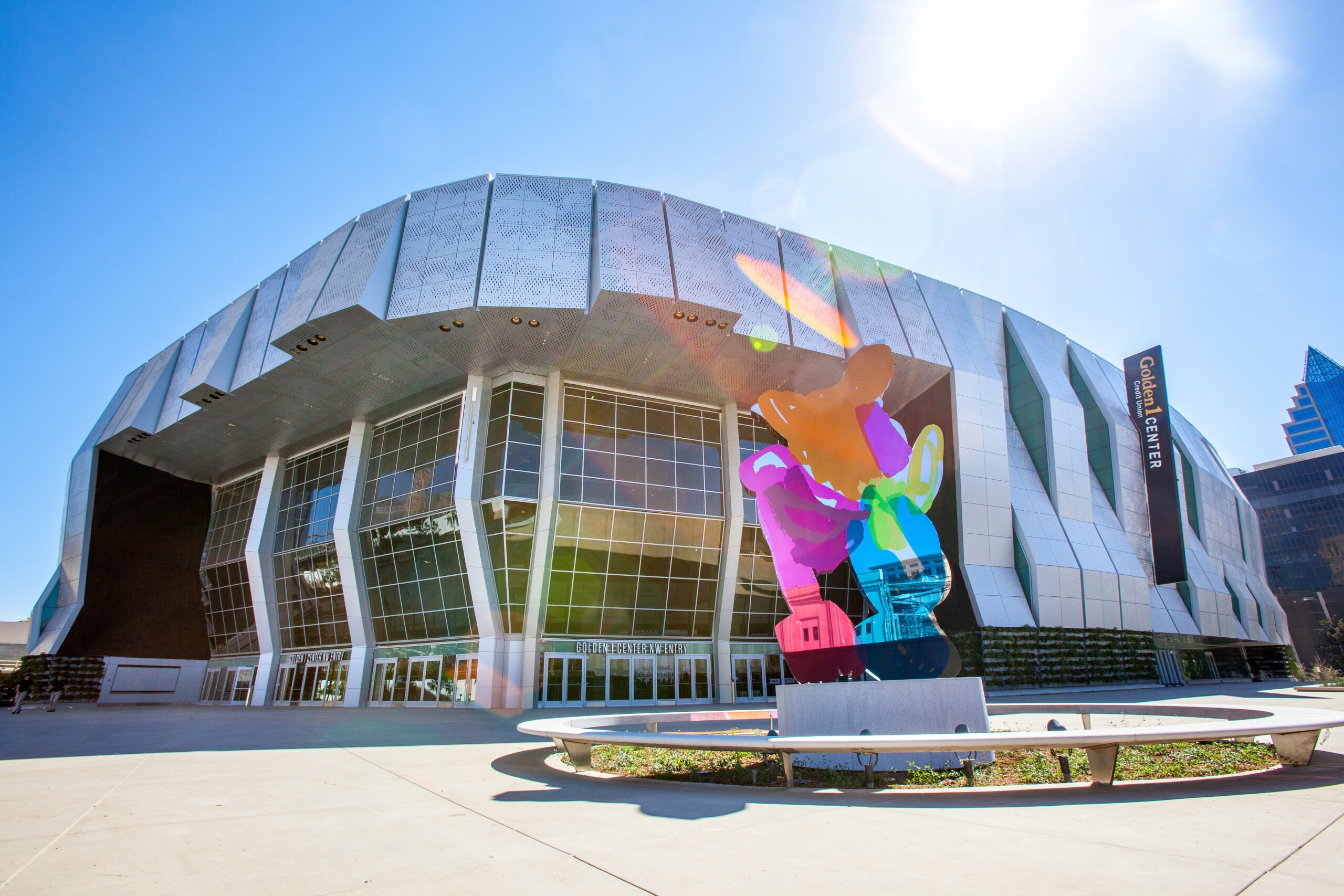
As the world’s first arena to be 100% solar-powered and achieve LEED platinum designation, Sacramento’s Golden 1 Center was designated as Sports Facility of The Year in 2017 by Sports Business Journal. The Golden 1 Center is home to a variety of meeting spaces that range from the 11,631-square-foot Grand Entrance with a capacity of up to 1,000 for receptions or the 17,058-square-foot Arena Floor that can accommodate up to 1,800 for a reception to smaller sleek meeting space such as 5,593-square-foot Assembly by Crown Royal & Rush that can accommodate 300 for a reception. Additional rooms include the 1,502-square-foot Press Conference room with a capacity of 125 for receptions or the Croft cocktail lounge that can comfortably accommodate up to 150.
Olde Time Charm
The city’s Old Sacramento Waterfront area spans 28 acres of land of National Historic Landmark District and State Historic Park with a story that originates from 1849. The district rests along the bank of the Sacramento River and is home to recreated and preserved historical buildings to create an authentic aesthetic of the old west. Attendees can indulge in shopping and dining while walking along wooden sidewalks as horse-drawn carriages and Gold Rush-era reenactors pass by.
Attendees can take a gander at the largest railroad museum in North America, California State Railroad Museum, which looks at the history and equipment behind the building of the Transcontinental Railroad. Underground tours of Old Sacramento are also available and provide a glimpse into the city’s past before the streets were elevated to avoid flooding through a raising process. Groups can tour the historic underground spaces.
Winning Meetings in Motor City
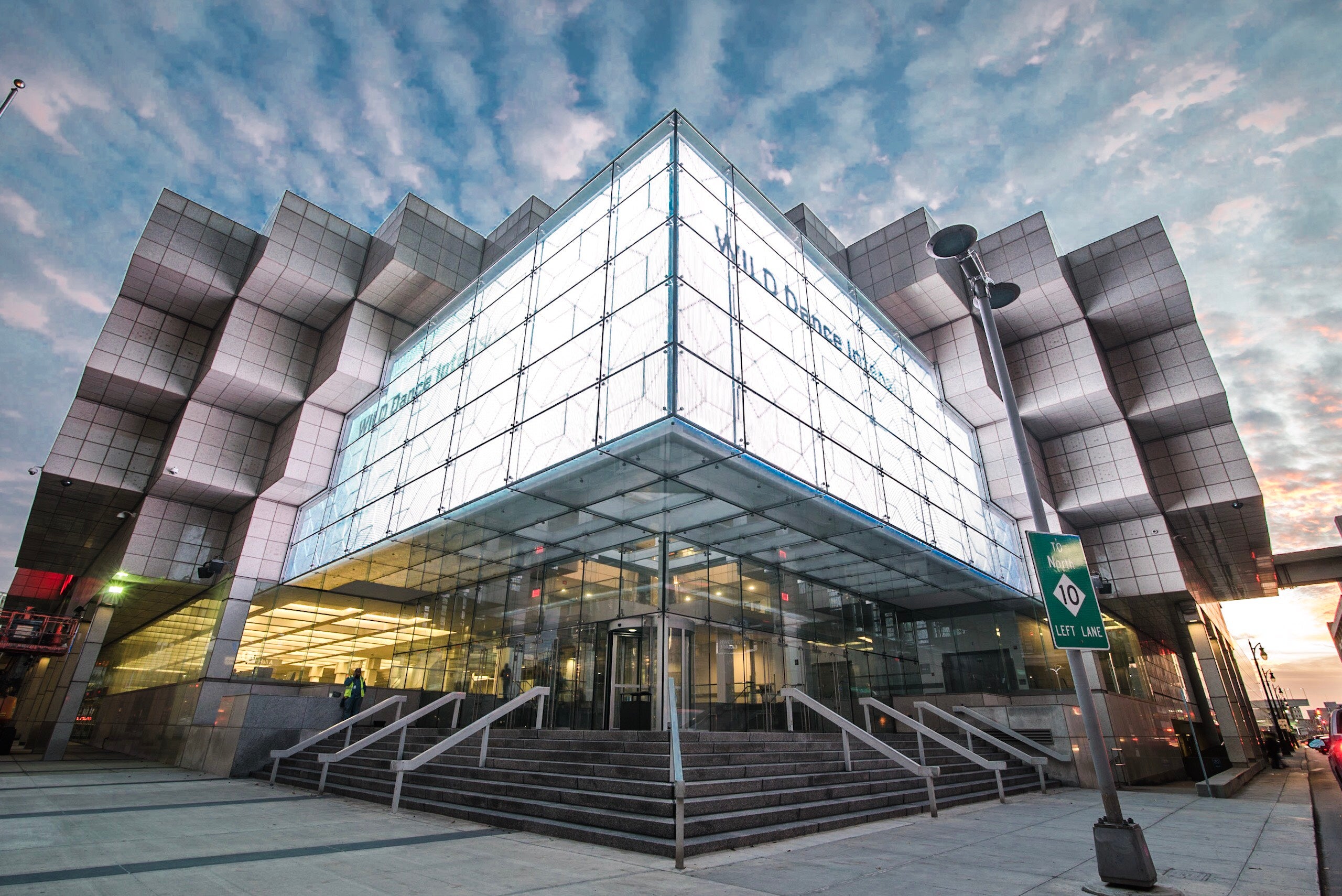
Detroit saw strong growth for meetings in 2022 after hosting more than 200,000 attendees, generating $200 million in direct spending. Detroit’s status as a top meeting destination was bolstered further by Time magazine placing Detroit on its third annual list of 50 of the most extraordinary travel destinations across the world. The nomination notes that despite the city filing for bankruptcy in 2012, the heartbeat of the city moves to the pulse of innovation and is the home to a massive foodie scene. It is home to the country’s first electric-vehicle charging road—keeping Motor City moving into the future.
Detroit has seen an assortment of boutique hotels emerge across the city in recent years, altering the hospitality landscape and elevating the guest experience. Author of Building the Modern World: Albert Kahn in Detroit, Michael Hodges wrote, “There was a good deal of wealth in Detroit in the 1920s,” explaining that city has maintained a wealth of historic buildings that were left vacant or underutilized for some time. Detroit’s need for redevelopment and available space created the perfect opportunity to redefine tourism in the area and breathe new life into ancient spaces.
A prime example of this movement is The Henry, Autograph Collection—widely know for its collection of modern art and offers 26,295 sq. ft. of meeting space including the 1,200-square-foot Presidential Ballroom with an overall capacity of up to 1,200. Housed within the David Whitney Building, which first opened in 1915, the 136-room Aloft Detroit was designed by famed American architect, Daniel Burnham, introducing spectators to a four-story terra cotta and marble lobby topped with a massive skylight. The Aloft Detroit features 10,262 sq. ft. of event space and eight breakout rooms.
Detroit’s Huntington Place
Planners can take advantage of the roughly 2.4 million square feet of meeting space at Huntington Place behind floor-to ceiling-windows that offer up sweeping views of the Detroit River and Windsor, Ontario, skyline. The property features the 40,000-square-foot Grand Riverview Ballroom that can accommodate up to 2,250 guests for banquets, the 50,000-square-foot Huntington Place Square exterior plaza and vehicle drop-off area perfect for various activities, a total of 100 meeting rooms. There is also an atrium that can accommodate up to 1,200 for a standing reception—all conveniently located in Detroit’s downtown area.
Stroll the Eastern Market
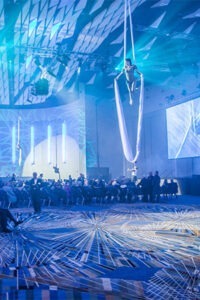
Brunch enthusiasts will appreciate the 2.5-hour brunch tour, Explore Eastern Market, which takes guests to various attractions including restaurants, shopping, art and architecture—all while sampling different foods. Groups can also take advantage of a 2-hour private van tour with Destination Detroit Tours and includes a complimentary hotel pick up and includes visiting some of the city’s top attractions.
Second Tier Trending
The popularity of hosting events in second-tier cities has only gained momentum recently as trends such as art-forward boutique hotels and farm-to-table dining sensibilities continue to gain momentum. As companies continue to weather the storm of high inflation by making cuts and modifications to event offerings, locating host cities with lower costs of living will likely be favored by meeting professionals who don’t want to skimp on providing a top-notch event experience.
What’s more, these destinations provide attendees with the opportunity to learn something new about a host city that may not share the notoriety of some country’s larger and more celebrated destinations. However, being a part of the inner circle of knowing about a cool city will make an impact that will have groups talking about for years to come.
This article appears in the July 2023 issue. You can subscribe to the magazine here.



